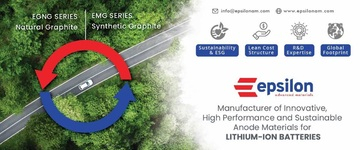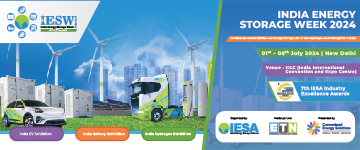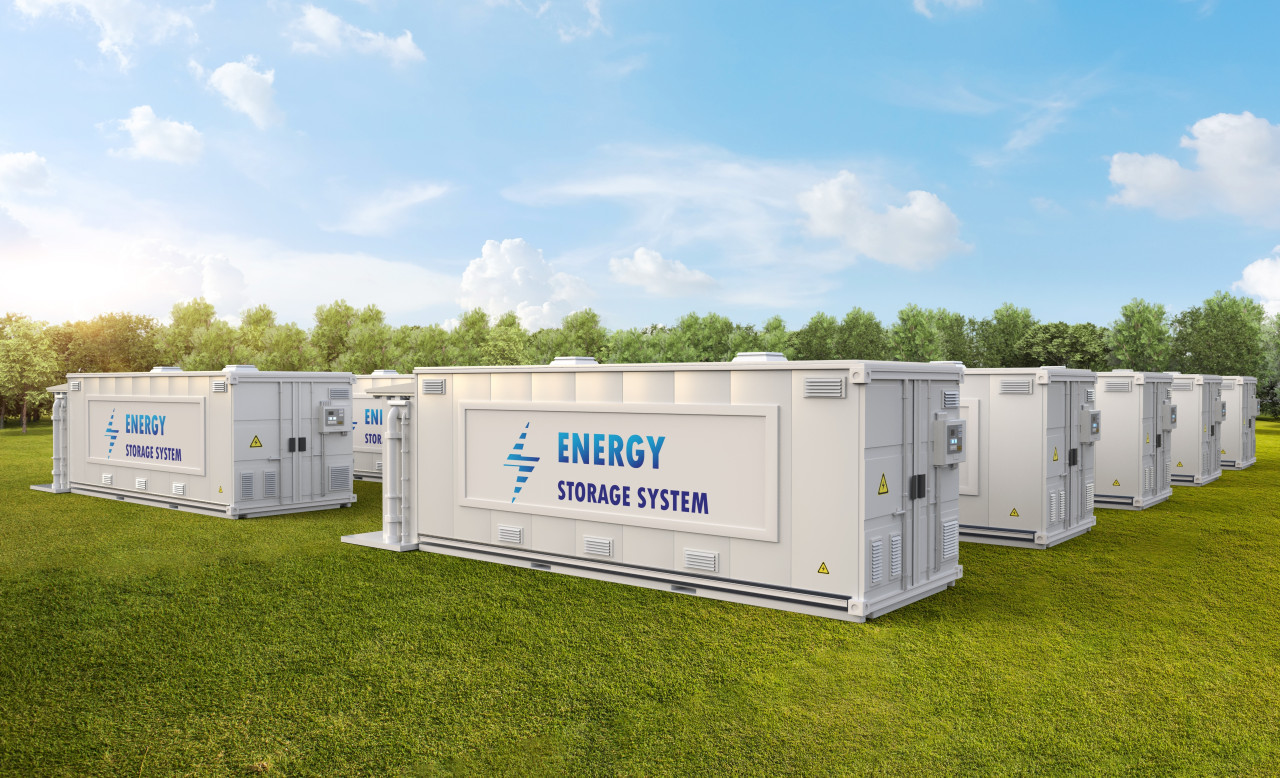US-India Energy Storage Task Force launched: Aims to boost energy storage adoption
India Energy Storage Alliance (IESA) on Wednesday (Dec. 13) held a launch meeting of the US-India Energy Storage Taskforce (ESTF) to elevate meaningful dialogue and advance the development and deployment of emerging energy storage technologies between the two countries.
Government officials, leading industry representatives, and experts from the energy storage sector from both India and the US participated in the virtual launch of the Energy Storage Taskforce (ESTF) along with an audience of 300+ registered participants.
The primary objective of ESTF is to facilitate a dialogue among the US and Indian government officials, industry representatives, R&D institutes, and other stakeholders to scale up and accelerate the deployment of energy storage technologies. The task force is part of the broader effort between the two countries to advance the goals of the U.S.-India Strategic Clean Energy Partnership (SCEP), including supporting the development and deployment of clean energy technologies to decarbonize the energy sector.
The Energy Storage Taskforce will be jointly chaired by India's Central Electricity Association (CEA) under the Ministry of Power (MoP), and the US Department of Energy (DoE) with the industry body, IESA, as the secretariat.
Congratulating the two countries and highlighting the significance of storage in the clean energy transition, Eric Hsieh, Deputy Assistant Secretary for Energy Storage in the U.S. Department of Energy's (DOE) Office of Electricity (OE), and the U.S. Co-Chair for ESTF said, "Energy is the key to a resilient and clean future and the US is taking aggressive steps for the deployment of these technologies. In the US alone, we will likely need about one-and-a-half terawatts to two-and-a-half terawatts of power capacity of energy storage to achieve our net-zero goals."
"The launch of the ESTF between the U.S. and India demonstrates how critical partnerships are to achieving the clean energy transition, as well as the importance of broad collaboration to accelerate storage technologies," he added.
Hsieh noted that the DoE recently announced its intent to invest about US$3 billion to boost the production of batteries and battery materials through the bi-partisan infrastructure law. These investments were on top of half a billion in opportunities released over this last year alone for all stages of storage technology development, including US$125 million for research on next-generation batteries and energy storage from the Batteries and Energy Storage Hub, Office of Science. About US$50 million for testing and validation and pre-competitive R&D and demonstration from the Office of Electricity, and over US$300 million for first-of-its-kind projects.
"But we can move faster if we work globally," Hsieh said. For this to happen he underscored the need to supercharge R&D, supply chains, and workforce development.
Sharing his perspective on energy storage technologies and the opportunities the US-India ESTF provides, Rakesh Kumar, Secretary, of CEA and co-chair of the task force from India shared, "This task force aims to provide reliable, sustainable, and affordable energy storage solutions for the smooth integration of the continuous and large-scale growth of RE capacity addition in the country."
"The ESTF by synergizing the efforts between the two countries will help India in achieving clean energy transition and targeted net-zero emissions by 2070," Kumar added.
Kumar highlighted that India has committed to achieving a cumulative 50 percent installed capacity from non-fossil fuel sources and 500 GW of renewable energy by 2030. Further, India's electricity demand is projected to grow from 217 GW in 2023 to 277 GW by 2027. In terms of energy storage requirement, it is estimated India's storage requirement will grow massively from the present installed 4GW (mainly through pump storage projects) to about 16GW/82GWh by 2026-27 (which will include ~7GWh of PSP and the rest batteries and other technologies).
The ESTF plans to operate through six working groups including technology, market design, business models and projects, manufacturing and supply chain, R&D and skill development, finance and safety, and code and standards.
Through the six working groups, the ESTF will work towards developing and deploying emerging energy storage technologies for facilitating clean energy transition. In addition, it will review the current policies, technologies, and regulations related to energy storage systems (ESS), facilitate knowledge and information exchange on ongoing and planned projects, pursue innovations through join studies, R&D collaboration, technology demonstration, and pilot projects, establish additional testing labs and protocols. It will also undertake a review of safety, and standard of ESS technologies including its entire value chain from production to recycling and reuse.
The engagement plan of the US-India taskforce will include:
- Monthly webinar
- Bi-monthly working group meeting
- Trade delegation
- Technology tours
- Joint program development initiating pilot/projects
- Knowledge papers, case studies, policy advocacy
- Roundtables and seminars
The structure of ESTF has been developed in a way such that it enhances business-to-business ties between the two countries and promotes organic exchange, with the industry taking the lead in the joint interactions, said Debi Prasad Dash, Executive Director of IESA.
The US-India ESTF will serve as a technology-agnostic platform and will explore and promote a bouquet of energy technologies that can be potentially adopted to enable clean energy transition.
To learn more about the ESTF steering committee members and the US-India ESTF membership criteria visit: https://indiaesa.info/initiatives/us-india-estf
























